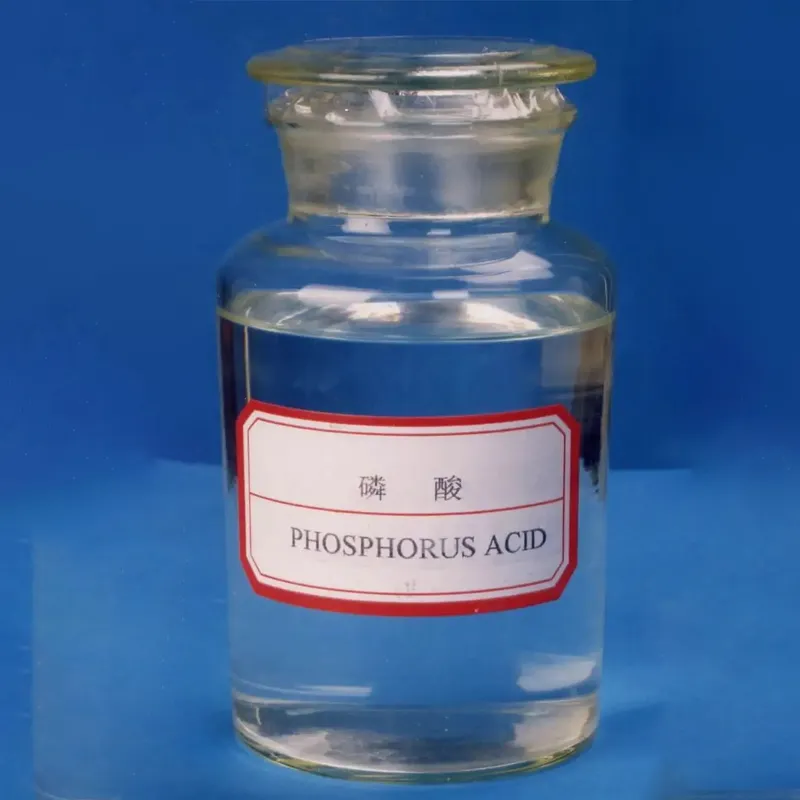
Ammonium Bicarbonate Production Facility for Sustainable Agriculture Solutions
The Ammonium Bicarbonate Factory A Pillar of Modern Chemical Industry
Ammonium bicarbonate (NH4HCO3) is a versatile compound widely used in various industries, from food preparation to agriculture and pharmaceuticals. The production of ammonium bicarbonate is a prime example of modern chemical manufacturing processes, incorporating innovative technologies that ensure efficiency and sustainability. In this article, we will explore the significance of an ammonium bicarbonate factory and the processes involved in its operation.
Importance of Ammonium Bicarbonate
Ammonium bicarbonate serves multiple purposes. In the food industry, it acts as a leavening agent in baking, providing that light and fluffy texture we often associate with baked goods. In agriculture, it is used as a nitrogen source in fertilizers, crucial for plant growth. Additionally, it finds applications in the production of pharmaceuticals and as a buffering agent in cleaning products. Given its wide range of uses, the demand for ammonium bicarbonate is steady, necessitating efficient production methods.
Production Process
The process of manufacturing ammonium bicarbonate generally involves a few key steps, predominantly the reaction of ammonia (NH3) with carbon dioxide (CO2) in the presence of water. This process typically occurs in a controlled chemical reactor. The primary raw materials for this reaction are ammonia and carbon dioxide, often derived from natural gas or through the Haber-Bosch process, which synthesizes ammonia from nitrogen and hydrogen.
1. Ammonia Production The journey begins with the synthesis of ammonia, often through the Haber process. This involves high-pressure conditions and catalysts to facilitate the reaction between nitrogen and hydrogen.
2. Carbon Dioxide Capture Carbon dioxide can be sourced from various industrial processes, including the combustion of fossil fuels. Increasingly, factories utilize carbon capture technologies to minimize their carbon footprint and ensure sustainability.
ammonium bicarbonate factory

3. Reaction Phase Once both ammonia and carbon dioxide are readily available, they are introduced into the reactor. Under controlled temperature and pressure, ammonia reacts with carbon dioxide and water to produce ammonium bicarbonate.
4. Crystallization The solution obtained from the reaction is then concentrated, and the crystallization of ammonium bicarbonate occurs. This process ensures that the product is pure and can be easily handled.
5. Drying and Packaging After crystallization, the product undergoes drying to remove excess moisture, resulting in a stable, solid form of ammonium bicarbonate. Finally, the material is packaged for distribution to various industries.
Environmental Considerations
Modern ammonium bicarbonate factories are increasingly focused on minimizing their environmental impact. This involves optimizing energy usage, reducing waste, and implementing recycling processes for unreacted materials. Many facilities are adopting advanced emissions control technologies to limit greenhouse gas emissions.
Conclusion
An ammonium bicarbonate factory plays a crucial role in the chemical industry by producing a vital compound for diverse applications. This facility embodies cutting-edge technology and sustainable practices, ensuring the efficient production of high-quality ammonium bicarbonate. As the global demand for this compound continues to grow, the importance of these factories in supporting agriculture, food production, and other sectors becomes increasingly evident. Through innovation and a commitment to sustainability, the ammonium bicarbonate factory not only meets industrial needs but also contributes positively to environmental conservation and public health.
-
Understanding Synthetic Rubber OptionsNewsApr.27,2025
-
Trichloroisocyanuric Acid: Essential for Clean and Safe WaterNewsApr.27,2025
-
Sodium Dichloroisocyanurate: Key to Safe Water TreatmentNewsApr.27,2025
-
Sodium Acid Pyrophosphate: Essential in Modern Food ProcessingNewsApr.27,2025
-
Essential Water Treatment ChemicalsNewsApr.27,2025
-
Denatured Alcohol and Its Industrial UsesNewsApr.27,2025
-
The Versatile Uses of Sodium BicarbonateNewsApr.24,2025
Hebei Tenger Chemical Technology Co., Ltd. focuses on the chemical industry and is committed to the export service of chemical raw materials.
-

view more DiethanolisopropanolamineIn the ever-growing field of chemical solutions, diethanolisopropanolamine (DEIPA) stands out as a versatile and important compound. Due to its unique chemical structure and properties, DEIPA is of interest to various industries including construction, personal care, and agriculture. -

view more TriisopropanolamineTriisopropanolamine (TIPA) alkanol amine substance, is a kind of alcohol amine compound with amino and alcohol hydroxyl, and because of its molecules contains both amino and hydroxyl. -

view more Tetramethyl Thiuram DisulfideTetramethyl thiuram disulfide, also known as TMTD, is a white to light-yellow powder with a distinct sulfur-like odor. It is soluble in organic solvents such as benzene, acetone, and ethyl acetate, making it highly versatile for use in different formulations. TMTD is known for its excellent vulcanization acceleration properties, which makes it a key ingredient in the production of rubber products. Additionally, it acts as an effective fungicide and bactericide, making it valuable in agricultural applications. Its high purity and stability ensure consistent performance, making it a preferred choice for manufacturers across various industries.











